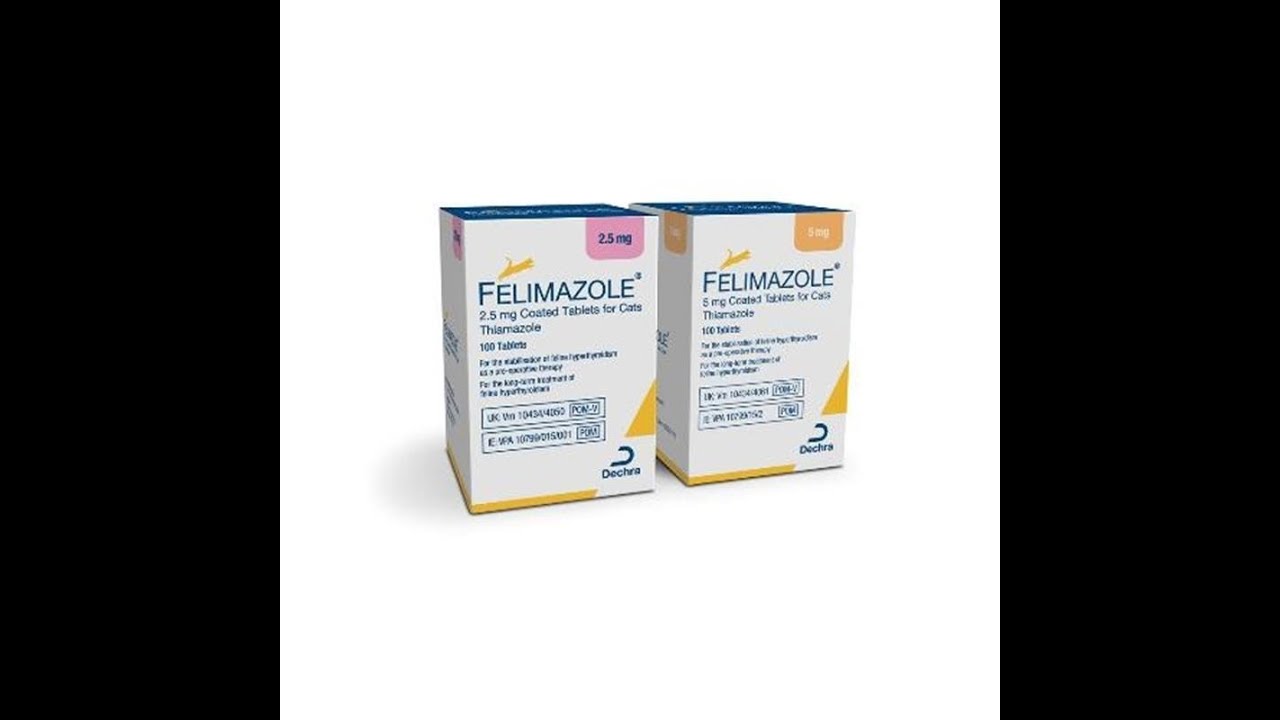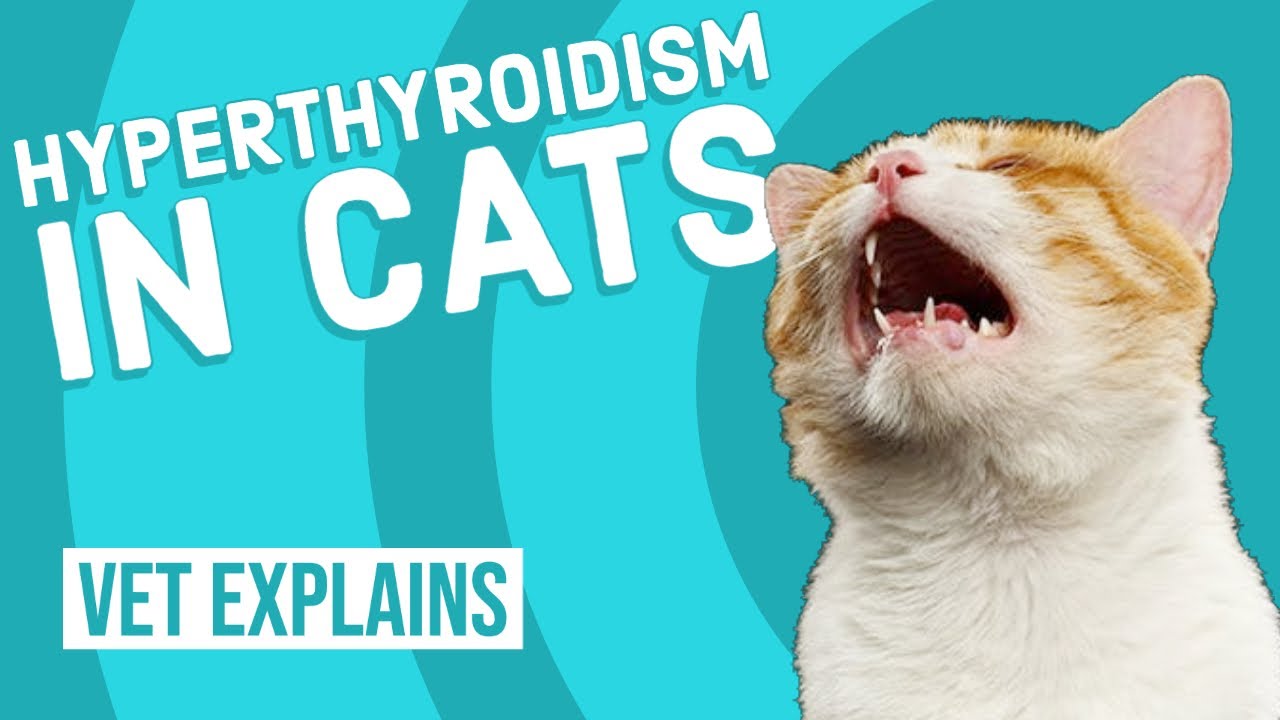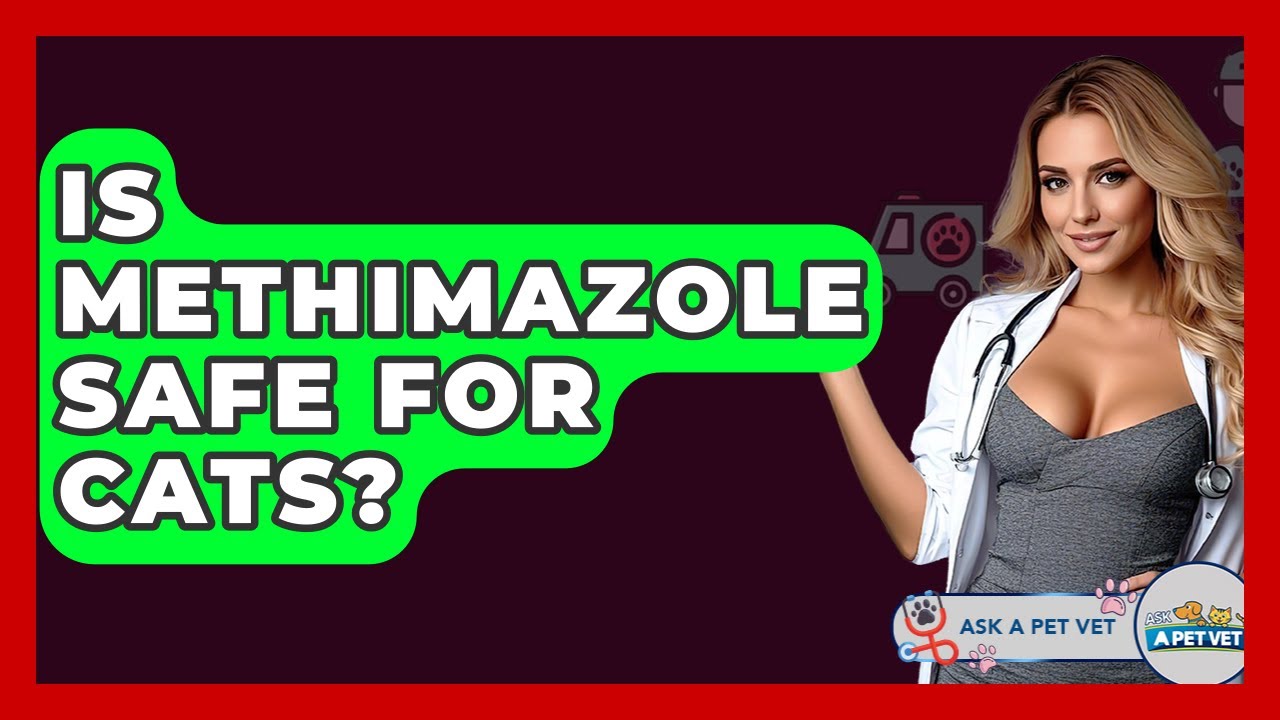## Felimazole for Cats: A Key Treatment for Hyperthyroidism
Hyperthyroidism is a common endocrine disorder that primarily affects older cats, typically those over the age of 10. It’s caused by an overproduction of thyroid hormones, leading to significant health issues. You might notice symptoms like weight loss, an increased appetite, hyperactivity, and an increased heart rate in your furry friend. According to recent studies, around 10-20% of senior cats are diagnosed with this condition. Detecting the symptoms early and seeking treatment is crucial for managing hyperthyroidism effectively.
As cat owners, we must be aware of these signs. If you observe your cat being overly energetic or losing weight despite eating more, it may be time to consult your vet. Monitoring your cat’s behavior and health can help ensure that this condition is caught before serious complications arise.
Moreover, with timely intervention, many cats can lead happy, normal lives, despite their diagnosis. Early recognition and treatment can stabilize your cat’s condition, making Felimazole a vital tool in your arsenal against hyperthyroidism.

Why Felimazole is the Gold Standard for Treating Hyperthyroidism
Felimazole (generic name: methimazole) is regarded as a groundbreaking medication for managing hyperthyroidism in cats. This thioamide drug works by inhibiting the synthesis of thyroid hormones, effectively lowering the levels of circulating T4 and T3 in the body. Its targeted action makes it a top choice among veterinarians when it comes to treating this condition.
Targeted Action
What’s great about felimazole for cats is that it focuses specifically on the thyroid gland. Unlike medications such as amitriptyline for cats, which may attempt to address behavior rather than tackle hormonal imbalances, Felimazole directly combats the root cause of the problem.
Dosing and Administration
Felimazole comes in both tablet and transdermal formulations, giving owners flexibility based on their cat’s needs. For instance, if your cat is particularly fussy about taking pills, the transdermal gel might be a more suitable option. This variety helps improve compliance, allowing pet owners to choose what works best for their furry companions.
Rapid Results
One of Felimazole’s standout features is its speed. Most cats start showing a reduction in clinical signs within two weeks of starting treatment. This quick response makes it a preferred option for urgent cases, ensuring that your feline friend feels better in no time.
Side Effects of Felimazole: What to Watch For
Though Felimazole is generally well-tolerated, owners should remain vigilant for potential side effects. Like with any medication, it’s important to watch for signs of adverse reactions:
If you notice any of these symptoms, it’s crucial to reach out to your veterinarian immediately. Being proactive can prevent complications and maintain your cat’s well-being.

Alternatives to Felimazole: When Might They Be Appropriate?
While Felimazole is often the go-to treatment, alternative options may be more suitable in certain cases. Here are a few alternatives to consider, each with its pros and cons.
Radioactive Iodine Therapy
Radioactive iodine is often seen as a long-term solution. It effectively destroys the abnormal thyroid tissue responsible for overproduction. However, this treatment is typically more expensive and requires hospitalization, making it less accessible for all pet owners.
Dietary Management
For cats that may be sensitive to medication, dietary management offers another avenue. Brands like Hill’s Prescription Diet y/d are specifically formulated to restrict iodine intake, which helps control thyroid hormone production. This diet can be a feasible solution for those who prefer not to use medication.
Methimazole in Other Forms
Some veterinarians also recommend compounded versions of methimazole. These formulations may come in combinations with calming aids like mirtazapine for dogs, especially beneficial for anxious or difficult-to-medicate cats.
Adjunctive Treatments and Their Place in Feline Healthcare
While Felimazole is instrumental in managing hyperthyroidism, other medications can provide additional support for your cat’s health. Here’s a closer look at some adjunctive treatments that may be beneficial.
Considering these adjunctive treatments can improve your cat’s quality of life, making veterinary discussions about combined therapies essential.
The Future of Hyperthyroidism Treatment in Cats
Ongoing research continues to shed light on hyperthyroidism treatments for cats. Innovations include new approaches and potential clinical trials, aiming to improve the effectiveness of existing medications like Felimazole.
One promising area of study explores the effectiveness of lesser-known treatments, including proposed herbal remedies. Additionally, new drug delivery systems, like sustained-release formulations, may enhance compliance and health outcomes for our feline friends.
As responsible pet owners, staying informed about the latest research and options is vital. Your veterinarian can help tailor a treatment plan specific to your cat’s needs, significantly improving their quality of life.
Pets depend on us for support, and committing to providing informed care is a hallmark of dedicated pet ownership. With advancements in veterinary science, you’ll always have something to draw on, whether it’s the traditional Felimazole for cats or novel therapies.
In the quest to keep our feline companions healthy and happy, knowledge and proactive treatment plans pave the way for a brighter future.
Felimazole for Cats: Fun Trivia and Interesting Facts
Understanding Felimazole
Felimazole for cats is a significant treatment in the fight against hyperthyroidism, a condition that affects many senior felines. But did you know that the active ingredient, methimazole, was initially developed for human use before becoming a go-to for our furry friends? This medication isn’t just a quick fix; it works by blocking thyroid hormone production to help restore balance. It’s fascinating to think that pharmaceutical innovations sometimes jump from human treatments to pet care, much like how a knight Of Wands brings transformation and growth in tarot readings!
Administration and Effects
Administering felimazole for cats can be a bit like managing a household, similar to the roles seen in the life in Pieces cast – everyone has a part to play! While most cats take their medication without much fuss, some pet owners may need to get creative in administering the pills. It’s essential to discuss any side effects, like vomiting or lethargy, with your vet, so you can keep a close eye on your feline companion. After all, a happy, healthy cat is a quiet cat, right? On top of that, felimazole has been shown to be quite effective, leading many owners to breathe a sigh of relief knowing their pet is in good hands.
Trivia and Cat Care
Did you know that hyperthyroidism can sometimes lead to increased appetite and weight loss, which is a bit of a head-scratcher for owners? This unique situation often makes recognizing the illness tricky! Feeding times can also become a challenge, especially if you’re wondering can Goats eat Tomatoes? Just like making sure our cats have proper nutrition, feeding certain animals requires special care too.
In the broader tapestry of pet care, felimazole for cats represents a critical piece of the puzzle, much like finding a home loan mortgage lender to help families settle down. Cats often become part of the family, and any treatment that keeps them happy and healthy is worth its weight in gold. So next time you’re assisting your feline with their meds, remember—just like Dogs That are black And brown, every cat has its unique challenges and charms. Caring for cats is rewarding, and innovative treatments like felimazole for cats help make sure they’re around to share their love for years to come.






